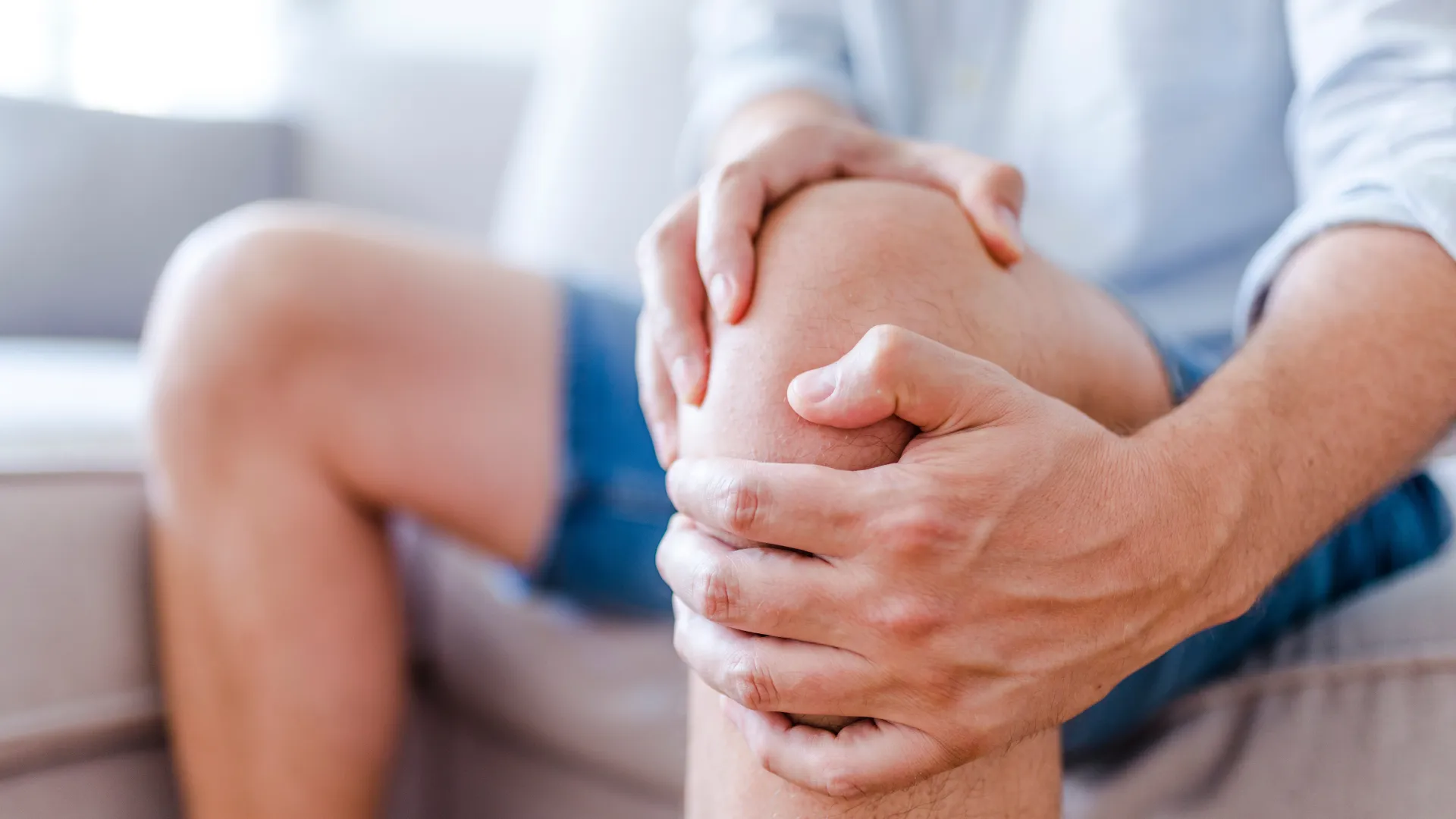
Knee Arthritis
Trust the Specialists at OrthSouth to Get You Moving Again
Arthritis is one of the most common knee ailments that can affect people of different ages. Generally, the main demographic is older, but arthritis can affect people of any age. Arthritis is inflammation in the joint that occurs as a result of cartilage loss. This inflammation can lead to pain, stiffness, and swelling. The pain and swelling make daily activities, such as walking, climbing stairs or getting up from a seated position very difficult. Although there is no cure for arthritis, there are many treatment options.
Causes
Osteoarthritis is the most common type of arthritis. In osteoarthritis, wear and tear, joint injury, or infection, lead to the wearing down of cartilage between bones. Eventually, without the soft, slick padding of the cartilage, the bones at the joint end up grinding against each other. Osteoarthritis can also affect the entire joint, including the bones and connective tissues. It can lead to inflammation of the joint lining.
Signs and Symptoms
The most common symptoms of arthritis include:
- Pain
- Stiffness
- Swelling
- Redness
- Restricted movement or range of motion in or around the joint
Diagnosis
Diagnosis of arthritis starts with a physical examination. Your doctor will look for swelling, redness, or warmth in or around the joint area and will observe your range of motion. Imaging studies such as x-rays and sometimes an MRI be used to identify and pinpoint joint problems causing your symptoms.
Treatment
Treatment can vary depending on severity of the arthritis. Over the counter medications, lifestyle modifications, and walking aids can decrease pain from day to day. Prescription medications and physical therapy are often prescribed to manage the pain. Another non-surgical treatment option is cortisone or viscosupplementation injections. When the pain becomes too severe or doesn't respond to conservative treatment then surgery is recommended. Those surgeries and include partial or total knee replacement. For more information about knee replacement, visit our Joint Replacement page.
When to See a Doctor
If you injured your knee forcefully, or experience any of the following along with knee pain, make an appointment to see your physician:
Swelling or redness
Pain or tenderness with warmth around the joint
Significant and regular knee pain
Fever
When to Seek Immediate Care
Go straight to urgent care or the emergency room if you experience any of the following:
Your knee appears deformed or kneecap feels out of place
You hear a popping noise at the time of your injury
You are unable to bear weight on the injured knee
You experience intense pain You have sudden swelling
